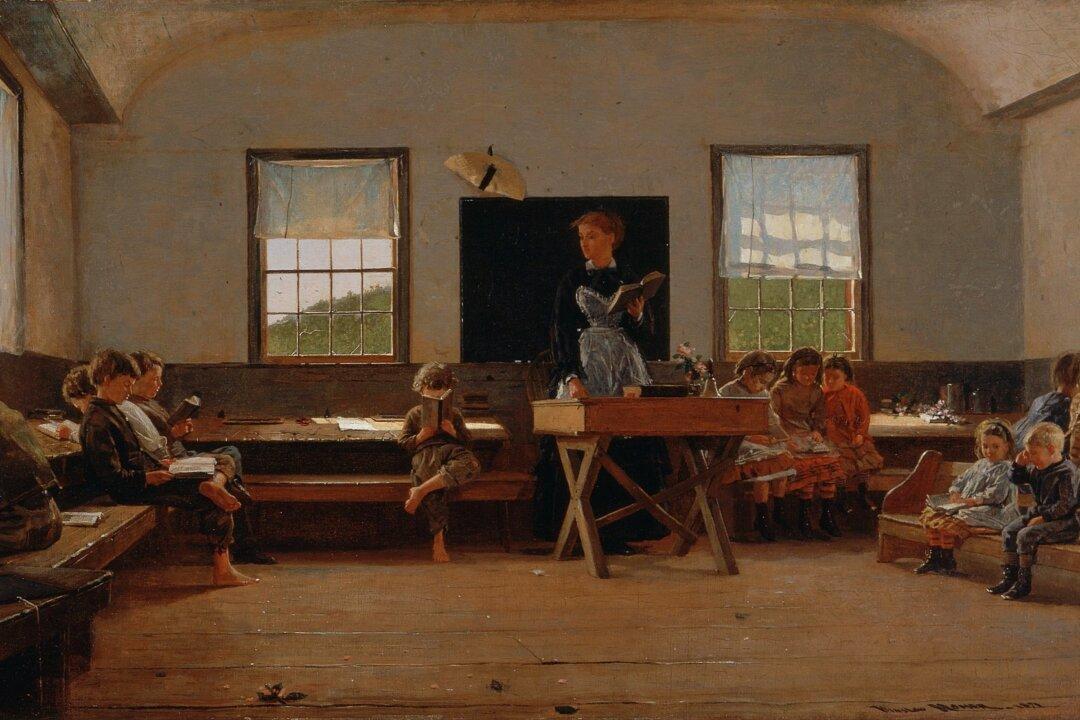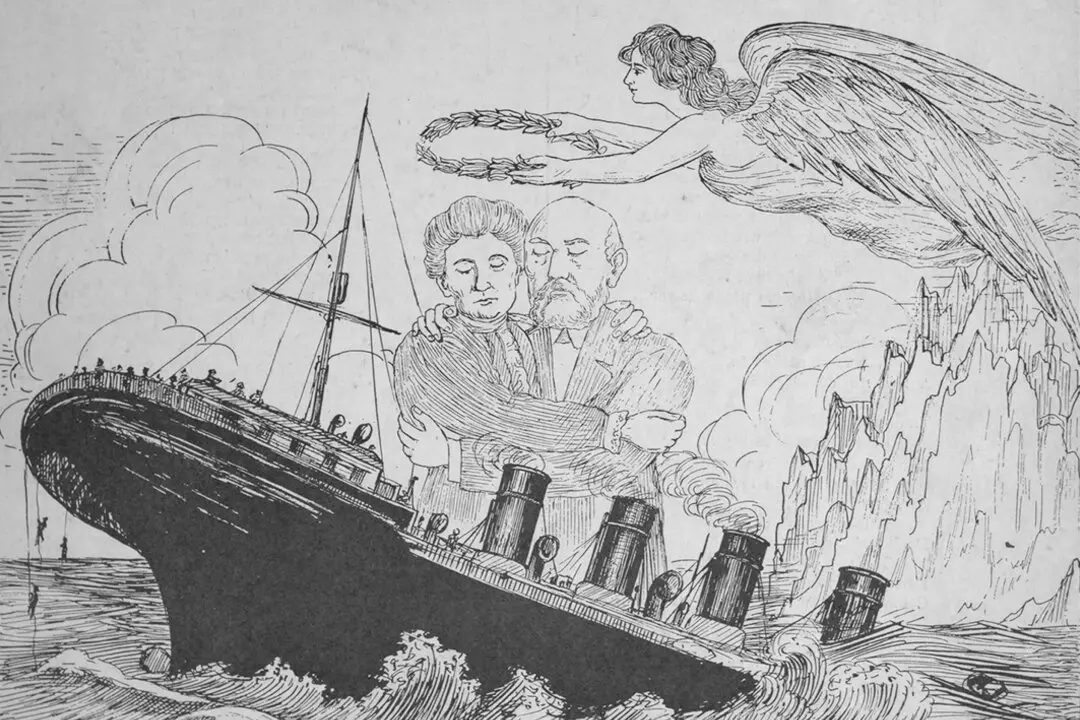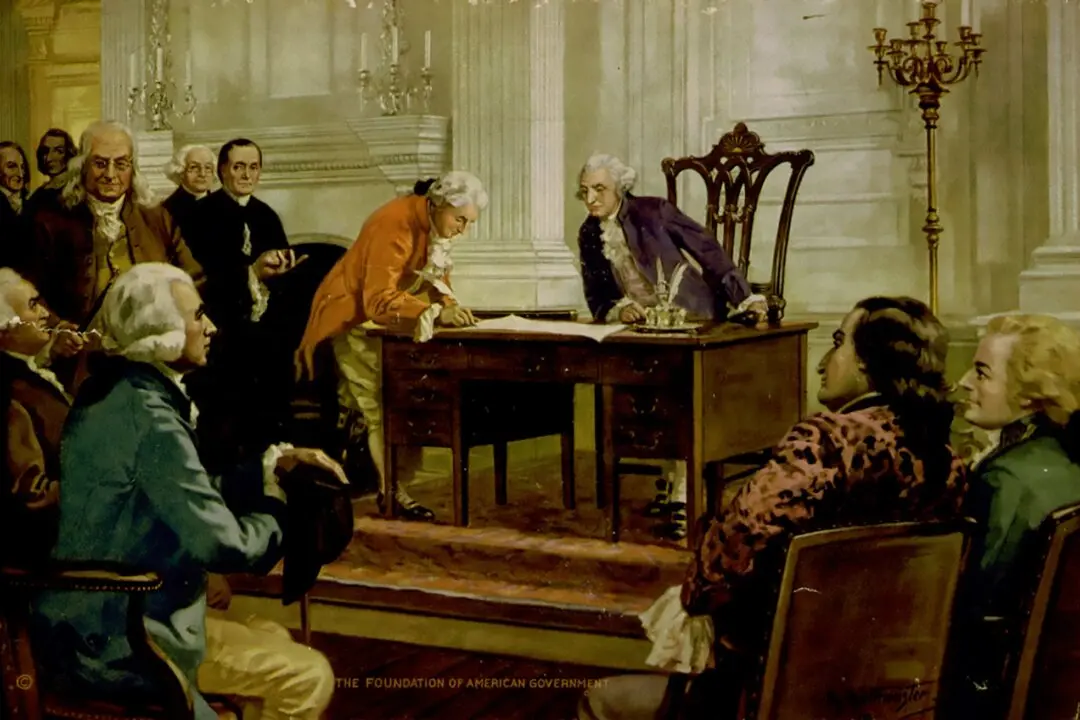If you are the parent of a child under the age of 18, before reading this article take a moment and ask yourself this question: “What do you want most in life for your son or daughter?”
In her online article “George Washington’s Character,” Katherine Kersten compares the education and upbringing of Washington and his peers to that of today’s Americans, and wonders whether we “have largely forgotten the importance of character.”






